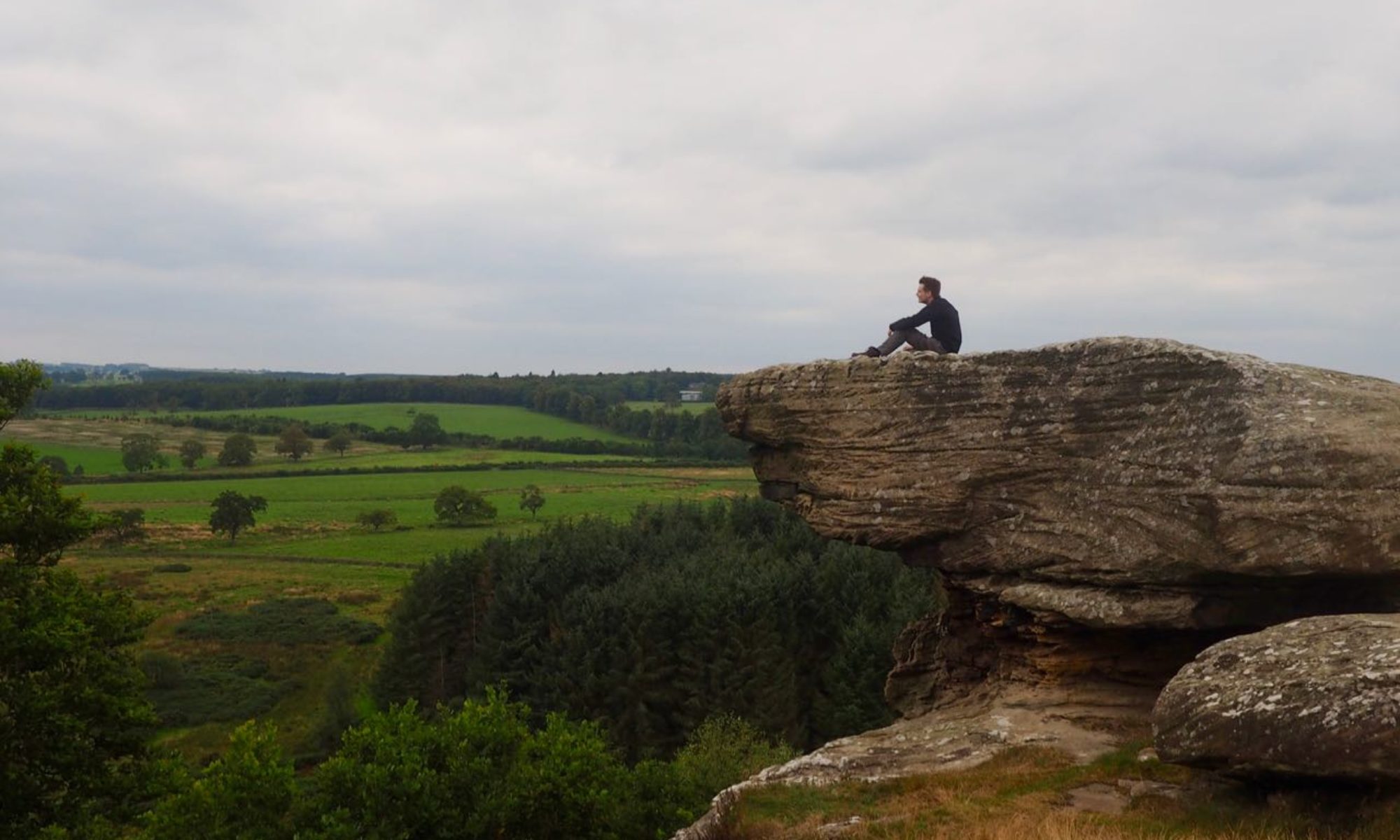Alwinton is a remote village in Upper Coquetdale on the edge of both the National Park and the nearby Otterburn Ranges. A short trek along the ancient Clennel Street leads to one of the Cheviots’ hidden gems – the picturesque valley of the River Alwin.
Distance: 4 miles
Start and Finish: Alwinton village green (NT 92145 06340)
Access: Bus 16 from Rothbury operates an irregular service to Alwinton. Parking available at the National Park car park in the village.
From the village green, cross the footbridge over the Hosedon Burn, then bear right onto a restricted byway signed for Clennell Street and the Border Ridge.
Clennell Street was a drove road used to take cattle to market. It connected Morpeth in England to Kelso in Scotland, although today only the stretches around Alwinton remain in any substantial form.
There has been activity along Clennell Street since the Bronze Age, but its name is relatively new. In 1181 the monks of Newminster Abbey referred to it as “magnam via de Ernespeth” – “the great road of Yarnspath”. This is thought to derive from the Old English term for Eagle’s Path, perhaps alluding to the wildlife that formerly inhabited the area. Today you’ll have to make do with walkers, or perhaps the odd cyclist.

Clennell Street starts as a tarred road, but this soon comes to an end near some farm buildings. Bear right here, climbing past the fields of sheep on either side.

Ahead of you is the large mound of Castle Hills. This was the site of an ancient hill fort from the Iron Age or, given the age of Clennell Street, potentially earlier. From its position on the hilltop, it would have offered its inhabitants commanding views of the surrounding area. The path skirts to the right of the hill.

Leaving the hill behind, pass through a metal gate. Ignore the pathway over the stile on your right and instead continue along the drove road. You’ll soon reach a fork in the path (approx. NT 92030 07445) where Clennell Street continues on towards the Border Ridge. Bear right here (signed as a Public Bridleway) to leave the drove road and pass through the wooden gate. Make for the northeast corner of the field to reach a second wooden gate and a stile.
Now on open hillside, follow the well-worn path North through the grass. Bear right at a fork (approx. NT 92110 08425) as the track widens and you begin your descent into the scenic valley below.

When you reach the valley floor, cross the wooden stile to join the track at the foot of The Dodd. To your left, the track leads into Kidland Forest – another walk for another day, perhaps. Bear right and follow the track along the course of the River Alwin.

The river meanders between the steep hills on either side of the valley, and you’ll cross it thrice before approaching farm buildings at Clennell. Like Clennell Street, this small village takes its name from the Clennell family, the local nobility who resided at Clennell Hall.
Follow the track across a cattle grid and you’ll find a narrow footbridge on your right to cross the Alwin one last time as it continues on its journey to join the Coquet. The path here climbs away from the river for a short distance before levelling out.
Cross two fields (making use of a stile) and you will arrive at a ladder stile across a stone dyke. This leads back onto Clennell Street just south of Castle Hills. From here, you need only bear left and retrace your steps back down into Alwinton to complete your walk.

Given the remote location of the village, there aren’t many facilities on offer and public transport is less than regular – try the Rose and Thistle Inn, where Sir Walter Scott supposedly stayed while working on his novel Rob Roy. While today’s patrons might not be as literary, they’re surely no less interesting.


